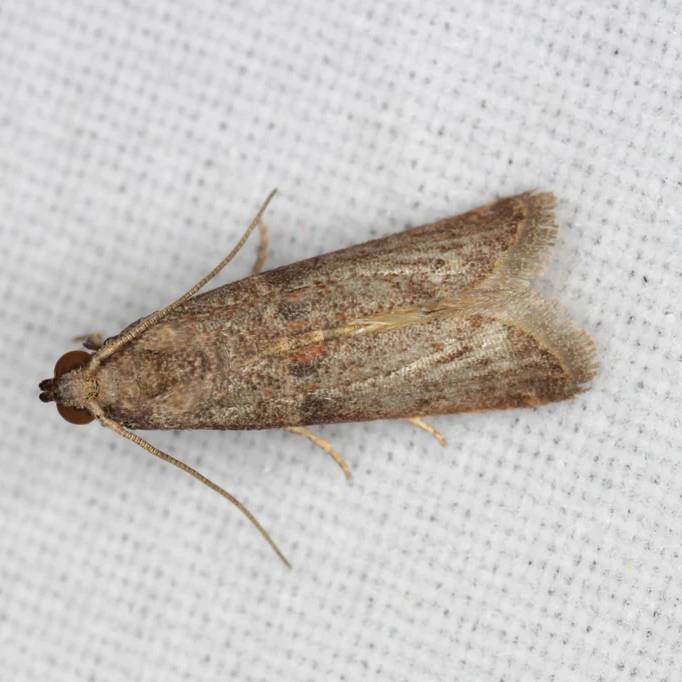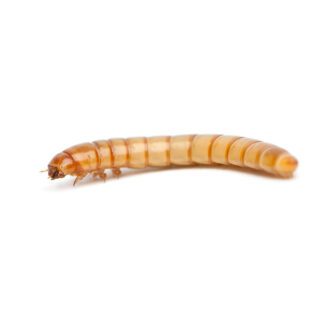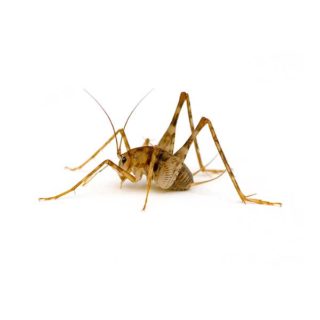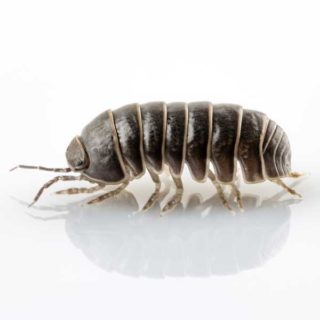Grain Moths on Long Island
When we talk about grain moths, we’re actually referring to a variety of moths that target the dry goods in pantries across Suffolk County & Nassau County. Unlike other pests, they don’t bite, sting or spread disease – but that doesn’t mean they’re harmless. Grain moths feed on stored food, everything from flour and cereal, to dried fruits and pet food. So, while they won’t hurt you, they can cause a lot of problems.
Grain Moth Habitat
Grain moths are found across the globe, and no one is entirely certain of their exact country of origin. They can fly in from the outdoors, but in many cases they infest a home when consumers buy food products already infested with their eggs. If gone unnoticed, they then hatch over the course of weeks or months, and once they do, the larvae feast on the food that surrounds them.
Grain Moth Behaviors, Threats or Dangers
When it comes to extermination, you can’t handle grain moths as you would other pests. Since they occupy your food supply, it isn’t an option to treat them with pesticides or other chemicals. All you can really do is find the source of the infestation and dispose of the contaminated food. From that point on we suggest thoroughly cleaning the inside of your pantry and storing your food in sealed and airtight containers.
If you are dealing with Grain Moths on your property, contact your local exterminators.
Grain Moth FAQs
What do grain moths look like?
Grain moths’ coloring will depend on the specific species, but in general, they are cream-colored with brown to brownish-reddish markings. Their larvae are lighter colored and grub-like in appearance. Grain moths are “pantry pests,” or “stored product pests,” so they are often found near food sources.
What are the signs of grain moths?
The most consistent sign of a grain moth infestation is you will likely see the adults flying around your home, especially in the kitchen and pantry areas. Grain moths feed on a large variety of food including flour, cereal, pasta, nuts, spices, chocolate, dried flowers, dried fruits and vegetables, dry pet food, and bird seed. Adult females will lay eggs in a suitable food source. When the larvae hatch they will feed on, pupate in, and contaminate that food source.
Some other signs of a grain moth infestation include:
- Webbing along the corners of packages or on the product itself
- Small holes in the packaging of food and dry goods – especially in flour and cereal, which will develop an unpleasant odor.
- The presence of adult grain moths or their caterpillars in your kitchen area.
- Grain moths are more often than not introduced into your home through infested products that you purchase from stores. Adults may also get into your home while foraging for food sources through gaps and holes found in screens or around exterior windows and doors.
What damage do grain moths cause?
When grain moths get into food, that food becomes contaminated and will need to be thrown out. Fortunately, grain moths don’t cause any other kinds of damage.
How do you prevent grain moths?
The best way to prevent grain moths in your pantry is by focusing on inspection, proper storage, and exclusion. Carefully inspect food packaging for any holes or rips; do not purchase items that have been damaged. You should also inspect your pantry and cupboards for old and/or expired food and toss any products that are no longer good or that are not stored properly. Store dry goods in sealed glass or plastic containers rather than their original packaging. The same goes for dry pet food and bird food. Repair or replace torn window screens or screen doors and seal any cracks, gaps, or openings on the exterior of the house.
How do I get rid of grain moths?
You can often get rid of grain moths by throwing away the affected food and cleaning your pantry or affected areas thoroughly. If the problem persists, you may need to call professional help.
Can grain moths hurt me?
Grain moths are not dangerous; they are more annoying than anything else. They do not bite or sting and are not known to transmit any diseases to people.





